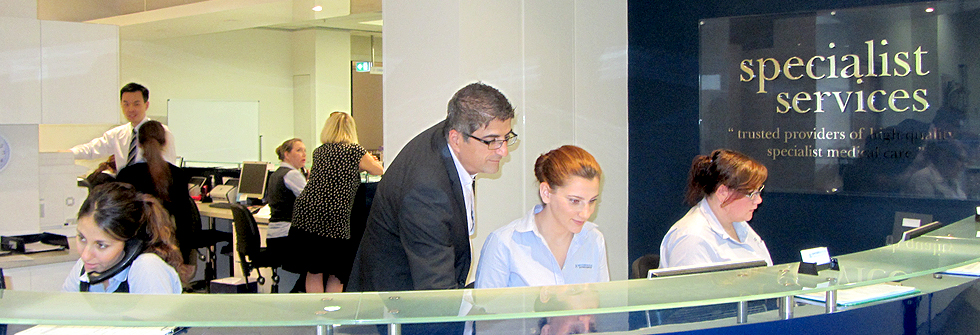A hernia is the medical condition that involves a protrusion of a part of an organ or tissue through the muscular tissue, bone, or the membrane. Hernias can be thoracic or abdominal, internal or external.
Abdominal and inguinal hernias can occur after surgery or spontaneously, from congenital defects. The repair of abdominal and inguinal hernias can be done surgically. Depending of the size and severity the surgical procedure varies from a simple suturing to a major reconstruction of the abdominal wall by using large pieces of mesh and creation of muscle flaps. After the surgeon makes an incision in the abdomen the tissue or intestine inside the hernia sac is replaced back into the abdominal cavity and in the end the incision is sutured. The first use of synthetic mesh in a laparoscopic surgical procedure to repair an incisional hernia was reported in the year 1993, by LeBlanc. Surgical repair of incisional hernia, especially in recurrent hernias, is considered to be a challenging procedure. Each surgical attempt increases the chances of failure.
Open versus laparoscopic repair
In a laparoscopic hernia repair surgical procedure a mesh is placed inside the abdomen without to attempt abdominal wall reconstruction. The mesh can be fixed in place by using tacks, staples, or sutures. The number of laparoscopic repair surgeries is less or equal with the number of open approaches. The difference between the two procedures consists in the type of access and exposure of the hernia. The abdominal wall is incised over the defect in the open surgical procedure. Devascularization can occur because of the disruption of surrounding tissue. If the incision is large it pose a greater risk for hematomas, seromas, and wound infections.
On the other hand, the laparoscopic surgical repair is technically challenging and it was also criticized for not restoring the anatomy, resulting in an abdominal wall that is unstable and in persistence of abdominal bulging. The advantages of the laparoscopic hernia repair are decreased pain, quicker recovery time, reduced hernia recurrences, lower infection rate, and fewer complications.
Dr El-Khoury will discuss the operation detailing the indications, the risks and the benefits of the surgery and will also supplement his discussions with the Royal Australasian College of Surgeons information on the surgery.



